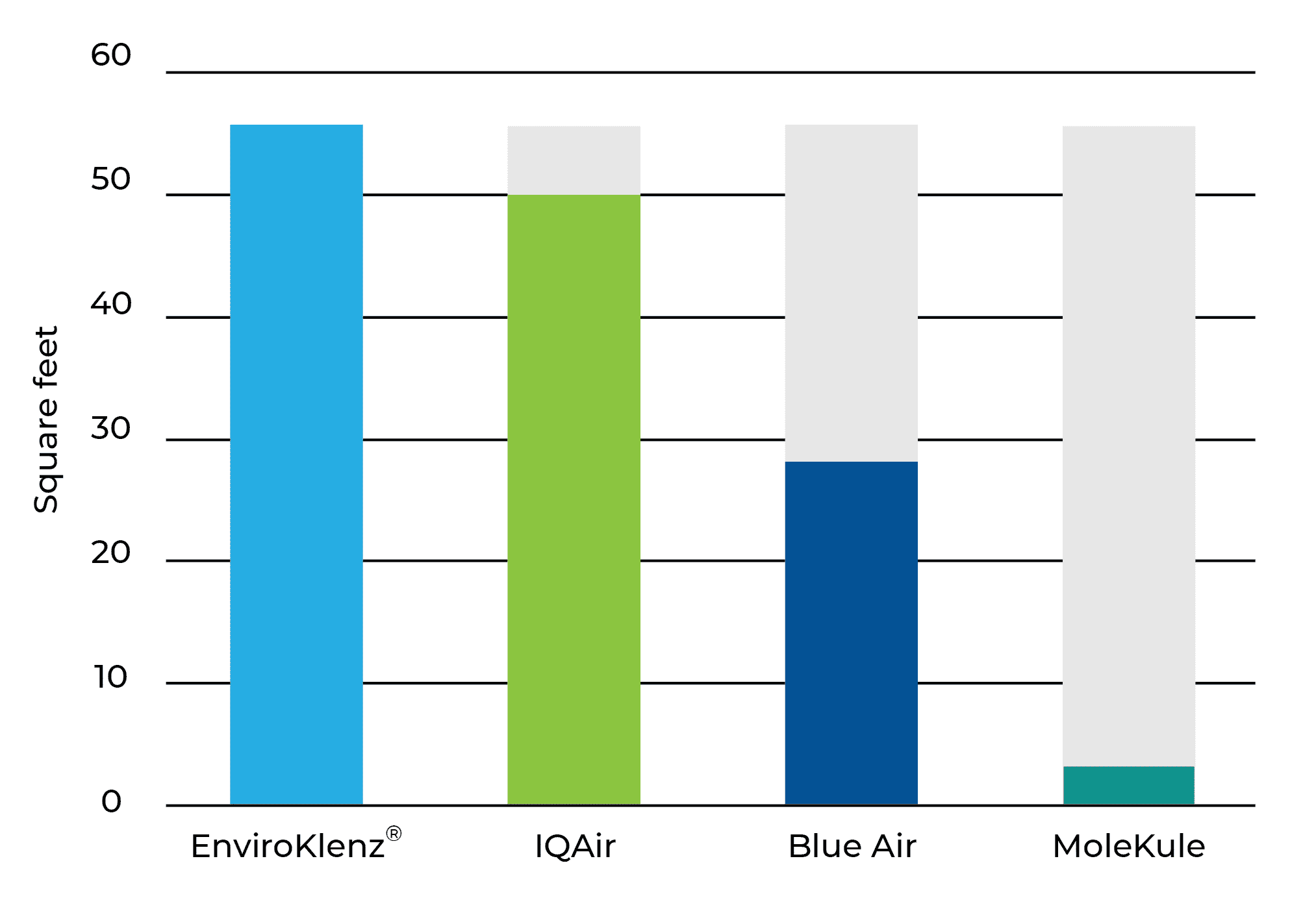Indoor Air Pollutants Can Trigger Asthma Symptoms
How Toxic Indoor Air Pollution in Your Home Can Contribute to Asthma, Allergies, COPD, Chemical Sensitivities, and Cancer
Finding it difficult to breathe in your home? Having symptoms at home that disappear when you go someplace else? Are your eyes, nose, and throat frequently irritated? The problem could be indoor air pollution.
The United States Environmental Protection Agency (EPA) calls indoor air pollution the nation’s number one environmental health problem. Health effects can be immediate or long-term and range from slight annoyance to death. Even if you show or experience no symptoms now, indoor air pollutants can be slowly building up in your body, contributing to illnesses that only show up years later.
Awareness of indoor air pollution began in the 1970s when concerns about conserving energy resulted in building homes “tighter” to keep heated and cooled air within the building. This also prevented gasses from plastics, particle board and other sources from escaping, causing them to build up to high levels within the home. People began to get sick from this buildup of chemicals.
There are many indoor air pollutants, but they all fall into three categories:
- Particulates (such as bits of pollen, dust, and animal dander) can easily cause breathing difficulties when many are present in the air.
- Gasses (misty vapors of volatile chemicals such as formaldehyde, perfumes, plastics, paints and finishes, solvents, and pesticides) can cause damage to the lungs that can cause both irritations now and cancer later.
- Micro-organisms (such as bacteria, viruses, molds) can infect the body, leading to all kinds of illnesses.
Common Indoor Pollutants Can be the Most Dangerous
Wall-to-wall carpet contributes greatly to indoor air pollution, outgassing toxic fumes from the plastics used to make fiber and padding and harboring dust and mold. Dust even acts as a carrier for chemicals, which piggyback on particles as they move around the home.
Tobacco Smoke, one of the few indoor air pollutants studied, is made up of both gasses and particulates and can lead to cancer for both the smoker and those who breathe in second-hand smoke.
Formaldehyde is a common indoor air pollutant that irritates the eyes, nose, and throat and can cause cancer. Insomnia is also associated with formaldehyde exposure, particularly from permanent-press bed linens. Another source of formaldehyde exposure is particleboard found in stereo speakers, cabinets, subfloors, and solid-core floors.
Here’s the scary thing: Our #1 environmental health problem isn’t smog. It’s indoor pollution.
The air you breathe while indoors- which is most of the time for the vast majority of our country’s population- is the air that’s got the biggest impact on your health.
Even something as seemingly innocent as carpet is a huge factor in increasing the amount of toxins we breathe in.
Not only are carpet fibers a perfect “trap” for dust, mold, and other random particles, but the plastics used to make those fibers and the padding underneath constantly emit unnoticeable toxic fumes.
Fortunately, no matter what kind of home you live in, air purifiers like our EnviroKlenz Mobile Air System remove pollutants from your indoor air space: microorganisms, toxic gasses, and particles.
Because being afraid of yawning, or deep breaths while exercising just because you don’t want to breathe in toxins is dreadful. (And we want you to be happy to breathe inside your own home.)
Our earth mineral technology captures harmful chemicals then initiates a neutralization process inside the air cartridge while the airborne particles are captured by the particulate filter.
Square Feet of Available Particulate Filter Media
 EnviroKlenz® Air Systems use a HEPA filter that has more square feet of media when compared to the ones used in the IQ Air® and the Blue Air®. The Molekule® does not have a HEPA filter, so the square feet of the prefilter was used for this comparison. The prefilter, in addition to having fewer square feet of media, is also significantly less efficient at removing particulates when compared to HEPA or better filters of the EnviroKlenz®, IQ Air®, and Blue Air® systems.
EnviroKlenz® Air Systems use a HEPA filter that has more square feet of media when compared to the ones used in the IQ Air® and the Blue Air®. The Molekule® does not have a HEPA filter, so the square feet of the prefilter was used for this comparison. The prefilter, in addition to having fewer square feet of media, is also significantly less efficient at removing particulates when compared to HEPA or better filters of the EnviroKlenz®, IQ Air®, and Blue Air® systems.
The EnviroKlenz Air Systems have the highest amount of particulate matter filter media with over 56 square feet, IQ Air® has approximately 50 square feet, Blue Air® approximately 28 square feet, and the Molekule® particle filter has around 3 square feet of particulate filter media. The more square feet of particulate matter media results in a filter that can capture more particulate matter before needing to be changed.
Remove Asthma Triggers from Your Air
Perfect for Allergy and Asthma sufferers, this air purifier uses HEPA filtration and a fancy cartridge to really help clean my air. Under consult from an environmental consultant, I purchased 3 systems and was able to get back into my home in a few week. I run these units 24-7 and love them
After owning the unit for 3 months I can honestly give my feedback that it has helped me control my asthma and I can function during the day ( I work from home) and sleep during the night
My toddler and I both have severe allergies and asthma. This system really cleans the air and not just traps it into a filter.
I notice a huge difference the moment I turn it on and highly recommend this over any other units on the market.







